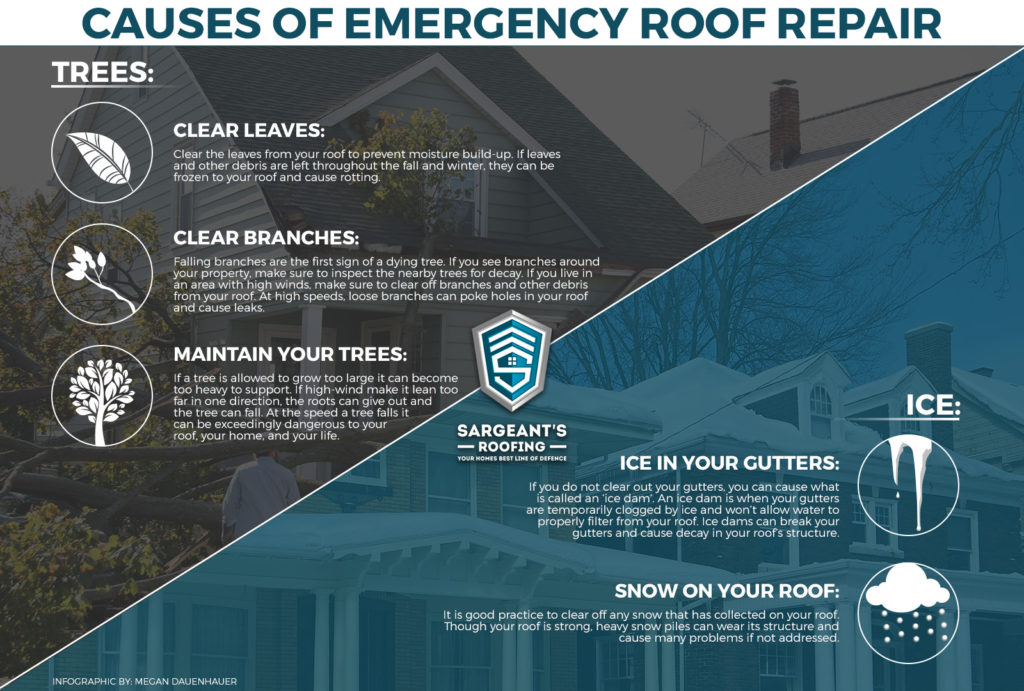Figure Out How Various Weather Condition Scenarios Can Influence Your Roof Covering Installation, Aiding You Achieve A Job Well Done
Figure Out How Various Weather Condition Scenarios Can Influence Your Roof Covering Installation, Aiding You Achieve A Job Well Done
Blog Article
Material Written By-Dam Mouritzen
When it pertains to roofing system setups, the climate can make or break the job. Imagine the aggravation of managing products that won't coordinate as a result of severe warmth or fighting unsafe surfaces triggered by unexpected rainfall. Recognizing the effect of climate condition on your roof covering project is crucial for a successful outcome. So, allow's discover how various weather condition aspects can influence the top quality and sturdiness of your roof installment, guaranteeing a work well done.
Effect of Temperature on Roofing Installation
When it comes to roof covering installation, temperature level plays an important role while doing so. The optimal temperature level for roofing jobs usually drops in between 45 and 85 degrees Fahrenheit. Severe warm can trigger products like tiles to become also pliable, bring about possible damage during setup. On skylights san antonio tx , cold temperatures can make materials weak and vulnerable to fracturing. It is essential to schedule roofing installments during modest temperature levels to make sure the best outcome.
Throughout chillier climate, contractors may need to take extra preventative measures such as using heated devices or enabling materials to warm up before installation.
On the other hand, hot weather might require job to be done previously or later on in the day to stay clear of the peak temperature levels. By thinking about the temperature level and its impacts on roofing products, you can help ensure a successful installment that will endure the elements for many years to find.
Effect of Rainfall on Roof Projects
Roofing jobs can be considerably affected by rainfall, influencing both the timeline and the top quality of the installation. Rainfall or snow can create slippery conditions, making it unsafe for contractors to deal with a damp surface. Additionally, moisture can endanger the attachment of products like shingles or underlayment, resulting in possible leaks or damages in the future.
If it rains throughout a roof covering task, the water can seep right into vulnerable areas, creating hold-ups as the installation crew have to await the roof covering to dry prior to proceeding. Extreme wetness can also promote the development of mold and mold, further endangering the stability of the roof covering.
To prevent these problems, it's advised to set up roofing tasks throughout drier seasons or monitor the weather forecast closely to intend about any type of potential rainstorms. By taking safety measures to operate in favorable weather conditions, you can make certain a smoother and a lot more successful roofing installation procedure.
Impact of Wind Rate on Installment Success
During roof covering setup, the rate of the wind plays an essential duty in establishing the success of the task. High wind rates can posture considerable challenges to roofing contractors, potentially causing safety dangers and high quality issues. When https://rivertoicw.techionblog.com/32442120/avoid-costly-roof-setup-mistakes-by-understanding-necessary-approaches-for-picking-materials-carefully exceed recommended restrictions, it comes to be challenging to handle materials, boosting the threat of crashes and damage to the roofing materials. Strong gusts can additionally influence the precision of dimensions and the accuracy needed for correct installment.
To guarantee an effective roof covering setup, it's important to keep track of and consider wind rates. Preferably, roofing installation should occur on days with reduced to moderate wind rates. This not just boosts the safety of the employees yet also enhances the total quality of the installment.
Roof jobs arranged throughout tranquil weather are more probable to be completed successfully and with less errors. By focusing on wind rate projections and planning appropriately, you can help ensure a smooth and effective roofing system setup procedure.
Conclusion
So, when it concerns roofing system installation, remember to think about the weather to guarantee an effective task. Ideal temperatures, dry problems, and modest wind rates are vital variables to focus on for a smooth installation procedure. By arranging your project during the very best periods and excellent climate condition, you can achieve a long lasting and resilient roofing that will safeguard your home for several years ahead.
